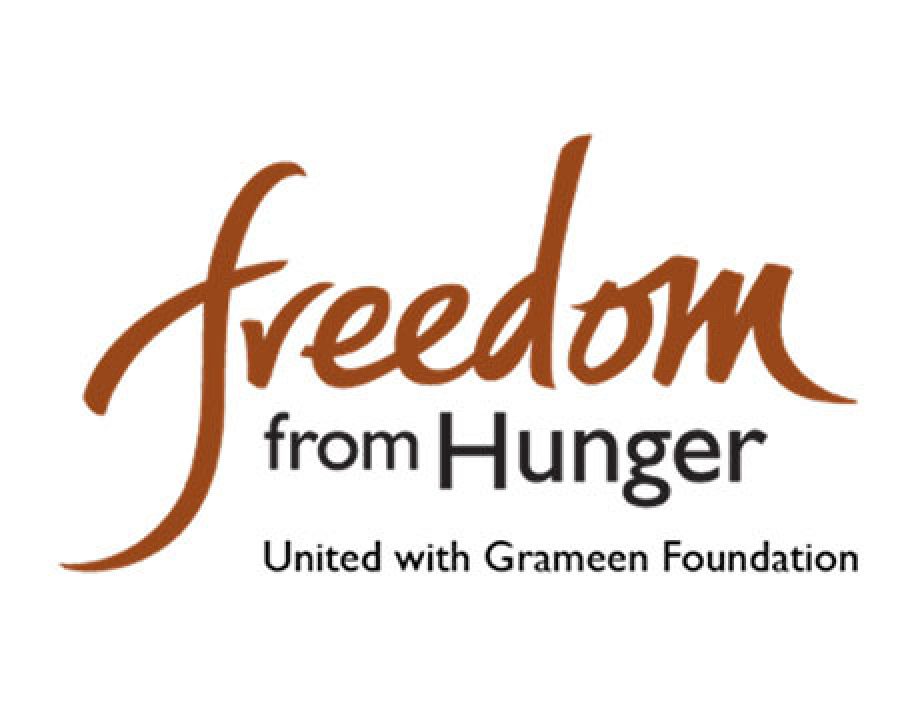Make your 2X MATCHED gift today!
This week only: Every $1 will be matched with $2 to empower women worldwide.
This week only: Every $1 will be matched with $2 to empower women worldwide.

In 2016, Freedom from Hunger joined forces with Grameen Foundation to become one organization. Under the Grameen Foundation banner, our collective mission is to empower the poor, especially women, to create a world without poverty and hunger.
We began our work together by setting an audacious goal: to empower 25 million people living in poverty by 2025. Our success since then is the result of combining the strengths of both organizations: Freedom from Hunger’s legacy of evidence-based, integrated programming and Grameen Foundation’s cutting-edge, human-centered technology solutions. Since setting our goal in 2016, we have empowered nearly 13.5 million people with education and tools to unleash their capacity to break free from poverty and hunger.
Secretary
Founder/President/CEO,
HealthyWorld Foundation
CFO, Atlantic Council
Head of Public Health for Rewind, Principal of MuConsulting, Senior Advisor to the Center for Health and Research Transformation
Fiscal Year 2021 | Fiscal Year 2020 | Fiscal Year 2019 | Fiscal Year 2018
All donations to Freedom From Hunger are directed to Grameen Foundation.